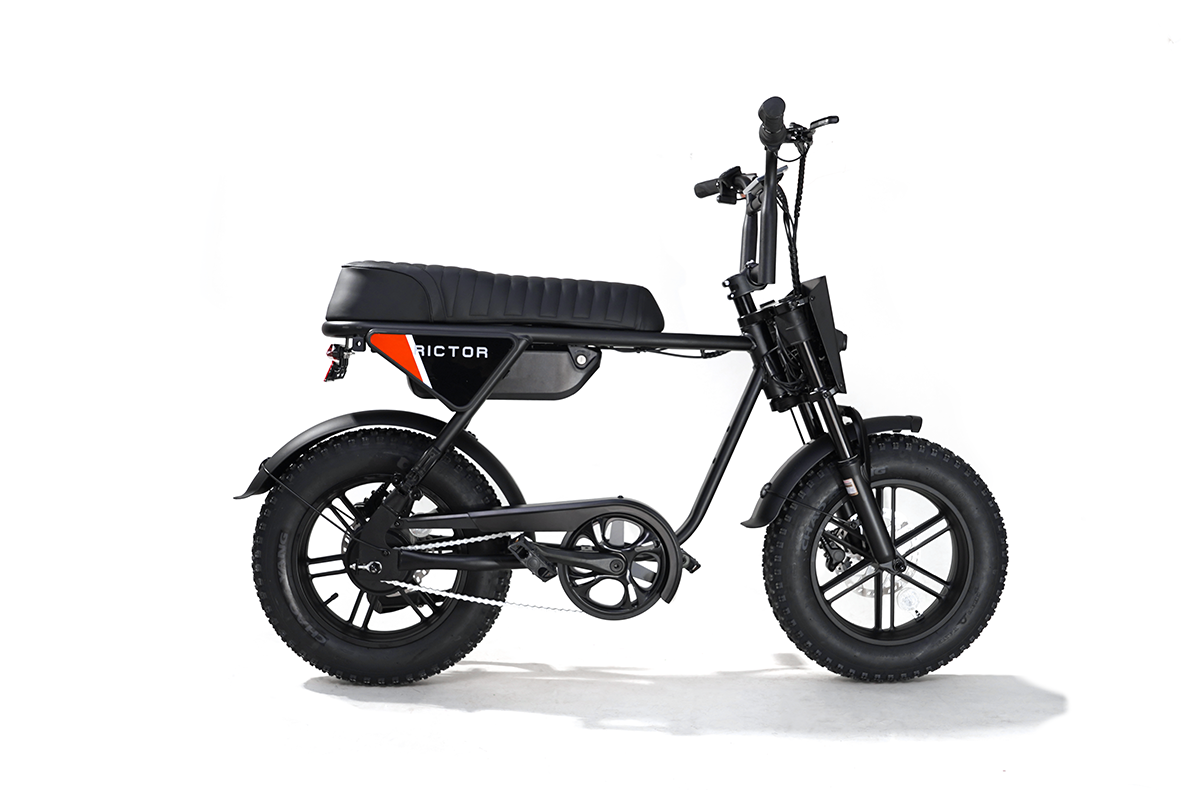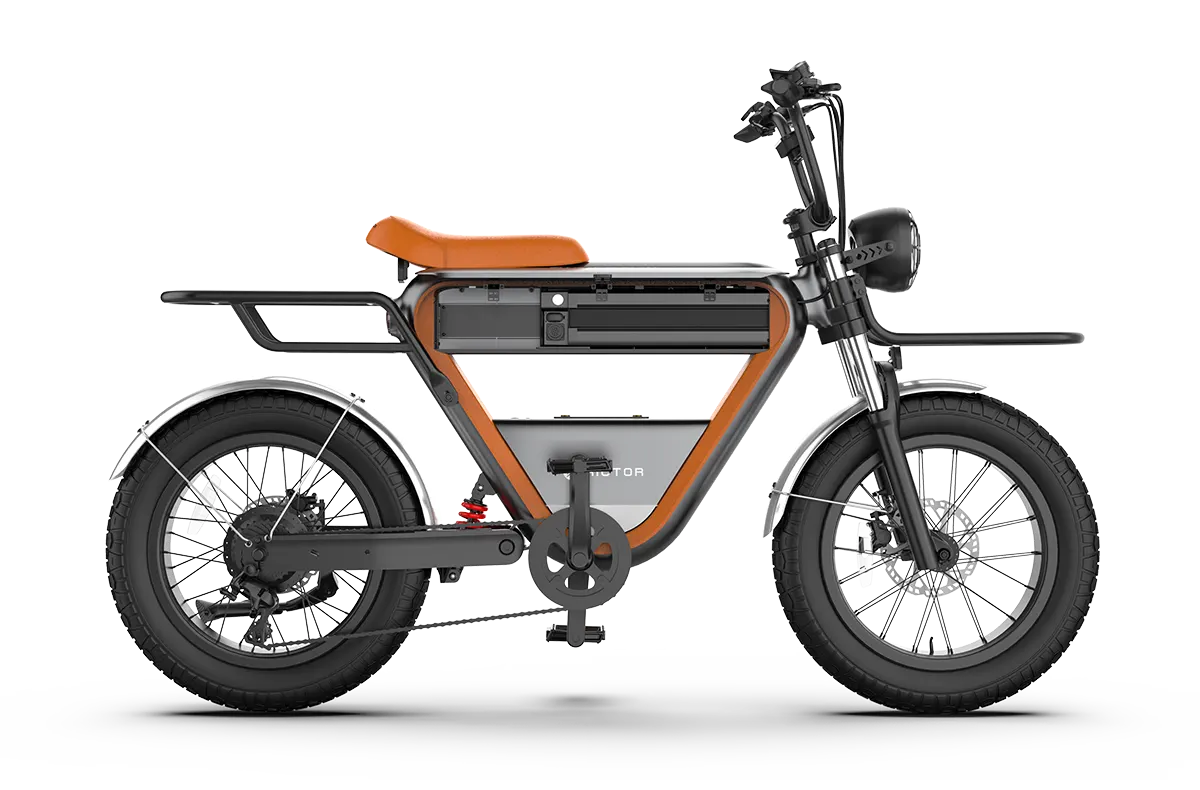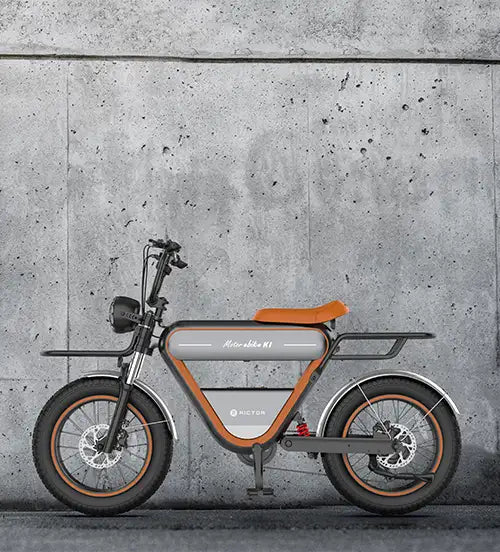
How to Slow Down Your Ebike When PAS Always Goes Full Speed
There are times when your Ebike’s pedal assist system may cause it to accelerate too quickly, even when you don’t intend to go full speed. If you find yourself constantly riding faster than you’re comfortable with, it’s important to understand how to slow down your Ebike and regain control over your ride.
What is PAS and How Does It Affect Your Speed?
The PAS is a feature that detects your pedaling and adjusts the motor’s assistance based on your effort. When you pedal, the system automatically provides more power to the motor, allowing you to go faster with less effort. This can be incredibly useful for climbing hills or long-distance rides, but it can also lead to unintended acceleration, especially if the PAS settings are too high.
1. Adjust the PAS Level to Control Speed
Most Ebikes offer several assistance levels, typically ranging from 1 (low) to 5 (high). If your PAS is set to a higher level, the motor will provide maximum assistance, pushing your Ebike to higher speeds even when you’re not pedaling hard.
To regain control over your speed, try switching to a lower PAS level. By doing so, the motor will provide less assistance, slowing you down and giving you a more manageable speed. For instance, reducing the PAS level from 5 to 2 or 3 will significantly decrease the speed of your Ebike and give you more control over your ride.
SEE ALSO Which Electric Bikes Have the Best Pedal Assist?
2. Use Your Brakes Effectively
In addition to adjusting the PAS, braking plays an essential role in slowing down your Ebike. When riding at higher speeds, it’s crucial to use your brakes properly to decelerate safely. Most Ebikes come with powerful disc brakes that provide strong stopping power, but they also require you to apply them gradually for smooth deceleration.
Don’t be afraid to engage your brakes when you feel the bike speeding up beyond your comfort level. Gradual and controlled braking will allow you to slow down steadily without losing control of the bike. If your Ebike has regenerative braking, it may help slow you down and even recharge the battery while reducing speed.
3. Check Your PAS Sensor for Malfunctions
If your Ebike is still going too fast despite adjusting the PAS settings, there may be a problem with your PAS sensor. The sensor detects your pedaling and sends signals to the motor to adjust the power output accordingly. If the sensor is malfunctioning, it could be sending incorrect signals to the motor, causing the bike to accelerate more than intended.
-
Inspect for Dirt and Debris
Over time, dirt, dust, and debris can accumulate on the PAS sensor, causing it to send inaccurate signals to the motor. Begin by cleaning the sensor thoroughly. Use a soft cloth or a compressed air canister to remove any dirt or buildup around the sensor. This can often solve issues where the sensor is simply obstructed or dirty. -
Check for Loose Connections
A loose or disconnected wire between the PAS sensor and the motor can lead to erratic behavior, including sudden acceleration. Inspect the wiring that connects the PAS sensor to the controller and motor. Ensure that all connectors are secure and that the wiring is intact without any visible signs of wear or damage. -
Test the Sensor’s Functionality
If cleaning and checking connections don’t resolve the issue, it might be worth testing the sensor. Ebikes allow you to check sensor performance through a diagnostic mode on the onboard display or through a mobile app. If your bike supports this, follow the manufacturer’s instructions to check for any irregular readings or error codes. -
Replace or Repair the PAS Sensor
If the sensor is still malfunctioning after cleaning and checking connections, it may need to be replaced. You can either order a replacement part from the manufacturer or take your Ebike to a qualified technician who can handle the repair. A well-functioning PAS sensor is vital for your bike's overall performance, as it directly impacts the motor’s power output and your speed control.
4. Manage the Throttle for Speed Control
Many Ebikes are equipped with a throttle that allows you to control the motor’s power output directly. While the throttle can be a great way to maintain speed when needed, it’s important to use it cautiously to avoid accelerating too quickly. By reducing the throttle pressure, you can effectively slow down your Ebike.
If you feel your Ebike is speeding up unexpectedly, reduce the throttle input gradually. This will decrease the power supplied to the motor, helping you decelerate.
5. Monitor Your Battery Charge
Your Ebike’s battery charge can also affect its speed. When the battery is fully charged, the motor can provide maximum power, which might lead to faster speeds. On the other hand, when the battery is low, the motor may struggle to provide enough assistance, potentially causing a decrease in performance.
If you want more predictable speeds, it’s essential to keep an eye on your battery charge and ensure it’s in an optimal range for your ride. Some riders find that riding with a partially charged battery gives them more consistent control over their speed.
Upgrade or Replace the Controller
The controller is the heart of the Ebike’s electrical system, and it manages the power distribution from the battery to the motor. If your Ebike is constantly speeding up, the issue might lie in the controller’s settings or a malfunction. Upgrading to a more advanced controller can give you better control over the motor's power output and allow for more gradual acceleration.
Replacing a faulty controller may be necessary to regain proper speed control. Always consult a professional mechanic or technician when considering an upgrade or replacement.
Conclusion
Slowing down your Ebike when the PAS is always going full speed requires a combination of understanding how your bike’s systems work and actively adjusting them. By lowering your PAS level, using your brakes correctly, managing the throttle, and ensuring your PAS sensor is functioning properly, you can regain control over your speed.
If you’re riding a Rictor K1 adult fat tire bike, you’re less likely to experience such issues. The Rictor K1 is built with high precision and attention to detail, minimizing the chances of malfunctioning sensors or erratic behavior.
Regular maintenance and fine tuning of your Ebike will provide you with the best possible experience, allowing you to ride at a pace that feels comfortable and secure.
FAQs
Why is my Ebike going too fast even when I’m not pedaling hard?
This could be due to the PAS settings being too high or a malfunction in the PAS sensor. Lowering the PAS level or checking the sensor might help slow your bike down.
How do I safely slow down my Ebike?
Gradual braking, adjusting the PAS level to a lower setting, and reducing throttle input are all effective methods for slowing down your Ebike.
Can a malfunctioning PAS sensor cause my Ebike to accelerate unexpectedly?
Yes, if the PAS sensor is faulty, it may send incorrect signals to the motor, causing the bike to speed up even when you're not pedaling as hard.





